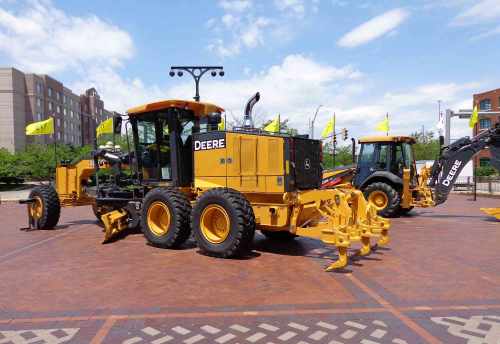For those who have seen only nice, soft, grassy sod being unrolled onto lawns, it may be hard to imagine what sod was like on the prairies and plains of the Midwest when the first settlers began trying to farm the region. It was not soft and definitely couldn’t be rolled up. It was almost a solid mass of tough roots and rhizomes extending four or more inches into the earth. The plants growing on the prairie were ideally suited to an environment where flood and drought alternated and brush fires were common. Deep, strong roots meant survival.
Sod was so tough that, before blacksmith John Deere created a plow that could cut through the sod, people often resorted to using axes to chop through the sod, to get to dirt where they could plant seeds. Farmers in the region became known as “sodbusters,” because they really did have to “bust” the sod if they wanted to plant anything.
However, sod could be useful. It was thick and heavy and nearly indestructible. In a region virtually defined by a lack of trees, this rough, thick, woody mat was often cut up and used as building material. In Nebraska, it became known as Nebraska marble. Soddies—houses built of sod—became a common sight on the early prairie. Walls inside and out would be “plastered” with clay, to keep dirt from crumbling into the house, and to protect the exterior from the weather.
I had read of sod houses, of course, when studying U.S. history, but at Pioneer Village, I had the chance to tour one. I thought that, for all its roughness, it was surprisingly handsome. Definitely “prairie style.”
It took eleven acres of prairie sod to make up the three-foot-thick walls of this soddie. I was surprised by how much cooler it was inside the soddie than it was outside. A sod house, with its thick, insulating walls, would have been ideal in this region of temperature extremes.












